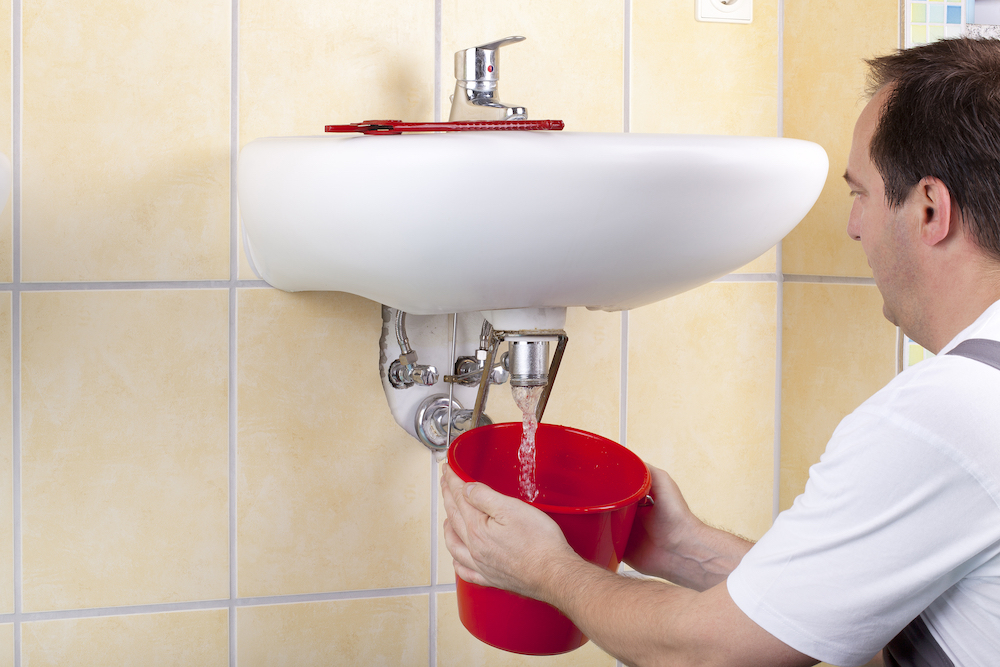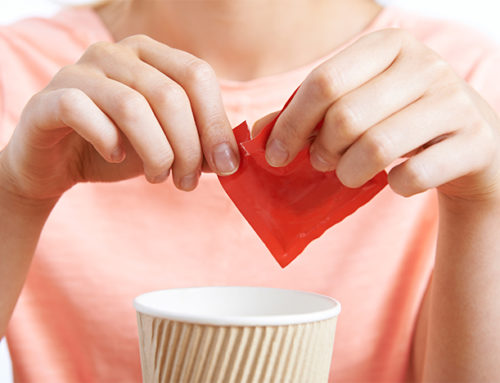The very same Botox that works for wrinkles can stop you from running to the bathroom every 15 minutes. Want to learn more? Read on.
First, know that it’s not uncommon to have to urinate more frequently and have leakage issues, particularly as you get older — about 16 percent of men and women do. But if you’re skipping out on parties, concerts, car trips or otherwise making life choices around having easy access to a bathroom or wearing adult diapers, you should talk to your doctor about treatment options for an overactive bladder.
Mike M. Nguyen, MD, MPH, associate professor of clinical urology at the USC Institute of Urology of Keck Medicine of USC and USC Verdugo Hills Hospital says people generally come to see him when they start noticing a problem or after treatments with their primary care physician don’t work.
Many of his patients initially think, “Oh, I’m just getting old and this is part of it and something I have to live with.” But, there are effective treatments that can really improve your quality of life.
Here’s everything you need to know about one of the most effective options, which is Botox for an overactive bladder.
What should you try before considering Botox?
Your first step is to try dietary modifications including limiting alcohol and caffeine, which are irritants to the bladder. For some people, that alone is effective. You may also try behavioral training and physical therapy.
If these aren’t effective, the next step is to start a prescription oral medication. These work for most, but some people either don’t want to have to take a pill daily or experience side effects. It’s after you’ve tried these treatments that you may want to consider Botox injections.
Most cases of overactive bladder don’t have an obvious underlying cause, though it is more common as you age. Dr. Nguyen explains, “One theory is that it’s due to both an altered sensation in the bladder, it’s more sensitive, as well as an inherent over activity of the bladder muscles. It’s on both sides of the coin in terms of both sensation and also the activity of the muscle itself.”
In men, there may also be an obstruction in the prostate, so that may have to be treated as well.
How does it work?
Botox, yes, the same botulinum toxin that is injected into your forehead to smooth out wrinkles, is also FDA approved to treat overactive bladder, specifically for what’s called urgency incontinence, which is when you can’t control the urine. What Botox essentially does is partially paralyze and calm the bladder muscles. Doctors think it may also calm sensation in the bladder as well.
What happens during the treatment?
Dr. Nguyen first uses a numbing agent on the bladder before inserting a camera into your bladder. He then uses a camera to guide the needle placement and injects small amounts of Botox in a pattern of about 20 locations throughout the bladder. It is usually done in the office as a 30-minute procedure under local anesthesia, though if you would prefer full anesthesia, it can also be performed in an operating room.
What are the results?
After Botox treatment, you’ll typically start experiencing benefits in about five to seven days. Two-thirds of patients will notice a benefit in terms of reduction in urgency and urinary incontinence. The benefits last from six months to a year, at which point you can be retreated.
Are there any side effects?
Potential side effects from this treatment include:
There is risk of a urinary tract infection (UTI) from any procedure on the bladder, including this one.
In less than 5% of procedures, urinary retention can occur. This happens when the bladder is so relaxed that it can’t empty. These patients may not be able to fully empty their bladder. In these cases, patients are taught to periodically insert a small catheter to empty their bladder until their bladder function returns.
Are there other treatments for overactive bladder that doesn’t respond to medications?
There are two other treatments, both with benefits and drawbacks:
- Sacral Nerve stimulator. This can be considered a “pacemaker for the bladder”. It is implanted during a surgery and stays in the body. Not all patients respond and a trial procedure is required. This treatment can provide long lasting benefits without retreatment needed until the battery needs to be replaced, which may five years or longer.
- Posterior tibial nerve stimulation. This treatment uses small acupuncture type needles that are placed behind the ankle. Light electrical stimulation is then applied to the needles. For some patients, this option is attractive as it is the least invasive approach. It however requires weekly 30 minute treatments over 12 weeks with subsequent future follow up treatments as necessary and like the other options, not all patients respond.
If you suffer from overactive bladder, make an appointment with a urologist. To learn more about the USC Institute of Urology, visit https://www.keckmedicine.org/urology/.
To speak with someone at USC Verdugo Hills Hospital, call (818) 790-7100.





















